When it comes to transportation solutions, few names resonate as strongly as U-Haul. Known for their diverse range of rental services and equipment, they also provide an effective alternative for those needing to tow a vehicle. This article delves into the intricacies of towing with U-Haul, answering essential questions and setting clear expectations for anyone considering this option.
Understanding U-Haul’s Towing Capabilities
What Can U-Haul Tow?
U-Haul offers a variety of towing equipment designed to accommodate different vehicle types. The primary options include:
| Towing Equipment | Description | Best Suited For |
|---|---|---|
| Car Tow Dolly | A two-wheeled platform that tows the front wheels of the car. | Front-wheel drive and some all-wheel drive vehicles. |
| Auto Transport | A four-wheeled trailer that lifts the entire vehicle off the ground. | Most vehicle types, including sedans and SUVs. |

Vehicle Restrictions
While U-Haul aims to be versatile, not all vehicles are compatible with their towing options. Here are essential criteria to consider:
- Weight Limitations: U-Haul’s car tow dolly has a maximum weight capacity of around 4,500 lbs, while the auto transport can handle vehicles weighing up to 5,290 lbs. Ensure your vehicle falls within these limits.
- Transmission Type: Vehicles with certain types of transmissions (e.g., automatic) may require specific towing configurations, which are more adeptly handled by the auto transport trailer.
Popular Scenarios for Towing with U-Haul
Towing with U-Haul can serve various needs, including:
- Relocation: Moving across the country or just to a new neighborhood often necessitates transporting a vehicle.
- Vacationing: If planning a long road trip where towing a secondary vehicle provides convenience.
- Transporting Non-Running Vehicles: In cases where a vehicle is inoperable, U-Haul can assist with transport.
Step-by-Step Guide to Towing a Car with U-Haul
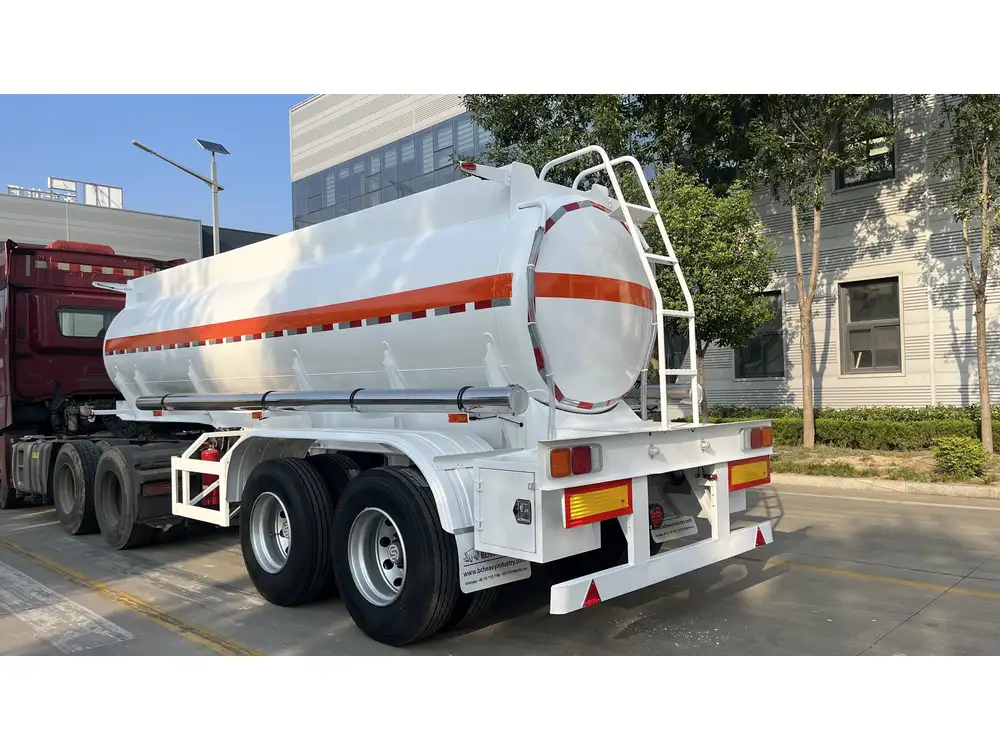
1. Preparing for the Towing Experience
Before embarking on your towing adventure, it’s vital to prepare adequately:
Vehicle Inspection and Preparation
- Check fluid levels: Ensure oil, coolant, and other essential fluids are topped off.
- Battery health: A dead battery can hinder travel, so check or replace if necessary.
- Tire Pressure: Ensure all tires are inflated to the appropriate levels to reduce drag and improve handling.
Gather Necessary Equipment
- U-Haul Reservation: Make your reservation online or at a local U-Haul center. Ensure you specify the vehicle type.
- Hitch Size: Confirm your vehicle’s hitch compatibility regarding class and size.
- Safety Chains and Lights: These are often provided with U-Haul rentals, but it’s beneficial to double-check.
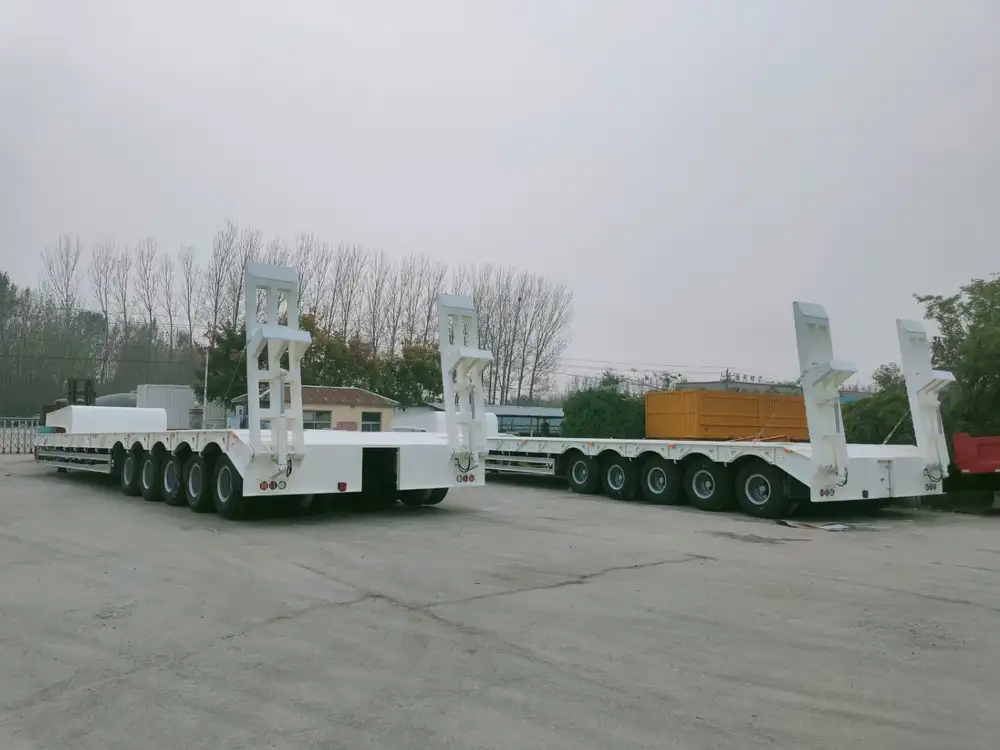
2. Towing Methods Explained
Car Tow Dolly
For those seeking a simple towing solution:
- Load the Vehicle: Drive your car onto the dolly, securing the front wheels on the platform. Follow U-Haul’s loading instructions carefully.
- Secure the Vehicle: Use the provided straps to secure your vehicle in place, ensuring it can withstand the rigors of travel.
- Attach the Dolly: Connect the dolly to your towing vehicle, ensuring connections are secure and safety chains are in place.
Auto Transport
For heavier or different vehicles:
- Drive onto the Transport: Similar to the dolly, load your vehicle while keeping the ramp in mind. Follow pointed angles to prevent any damage.
- Lifting Mechanism: Engage the auto transport’s lifting mechanism to raise the vehicle entirely off the ground.
- Secure Fastenings: Strap down all four wheels, ensuring a tight fit to mitigate movement during transport.

3. Driving While Towing
When towing any vehicle, caution is paramount:
- Speed Limitations: Maintain lower speeds than usual, approximately 55 mph or less, to ensure both safety and vehicle integrity.
- Slow Turns and Stops: Anticipate longer stopping distances and adjust your turning radius to accommodate the added weight.
- Check Weights: Regularly stop to check the towing setup and ensure all connections remain secure.
Frequently Asked Questions (FAQs)
Can you tow with U-Haul if the car is not running?
Yes, U-Haul offers equipment that can tow non-operational vehicles, primarily utilizing the auto transport option, which has the capacity to lift the entire vehicle off the ground.

How much does it cost to tow a car using U-Haul?
Costs vary significantly based on distance, equipment type, and duration. On average, expect to pay between $50 to $150 for the rental, with additional fees for mileage and insurance.
Is it safe to tow with U-Haul?
Absolutely, provided that safety measures are taken into account and the towing equipment is used correctly according to U-Haul’s guidelines.
What’s the difference between a car tow dolly and auto transport?
A car tow dolly supports only the front wheels of front-wheel-drive vehicles, while an auto transport lifts the entire vehicle, providing a more stable method for transporting heavier or rear-wheel drive vehicles.

Benefits of Using U-Haul for Towing
Affordability
U-Haul is a cost-effective solution compared to hiring a professional towing service, especially for long travels.
Availability
With numerous locations across the country, U-Haul’s services are readily accessible, fitting more extensive marketing strategies and timelines.

Flexibility
Short-term and long-term rentals enable users to choose the necessary rental period suitable for their unique needs.
Potential Pitfalls and How to Avoid Them
Inadequate Vehicle Preparation
A lack of preparation is a common cause of mishaps during towing. Inspect your vehicle thoroughly prior to departure to mitigate this risk.
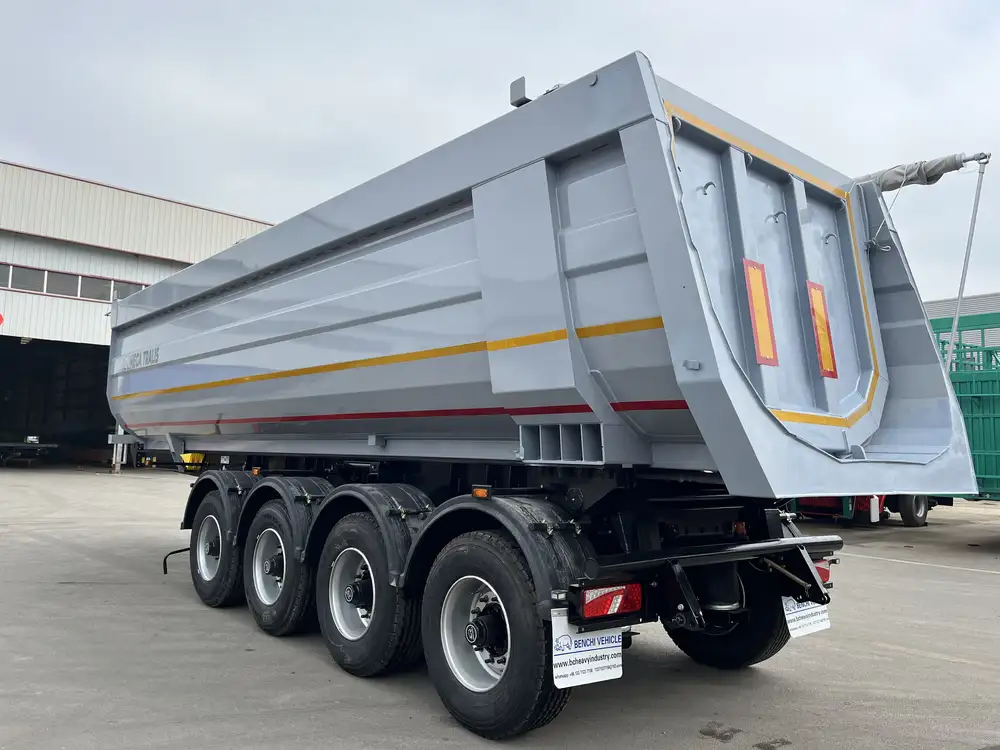
Ignoring Weight Limits
Adhering to weight restrictions is crucial. Exceeding limits can result in mechanical failure or accidents. Always verify and confirm before towing.
Overlooking Rental Policy Details
Fines or penalties can be incurred if you fail to adhere to the rental agreement. Familiarize yourself with U-Haul’s policies to avoid unnecessary charges.
Tips for a Successful Towing Experience
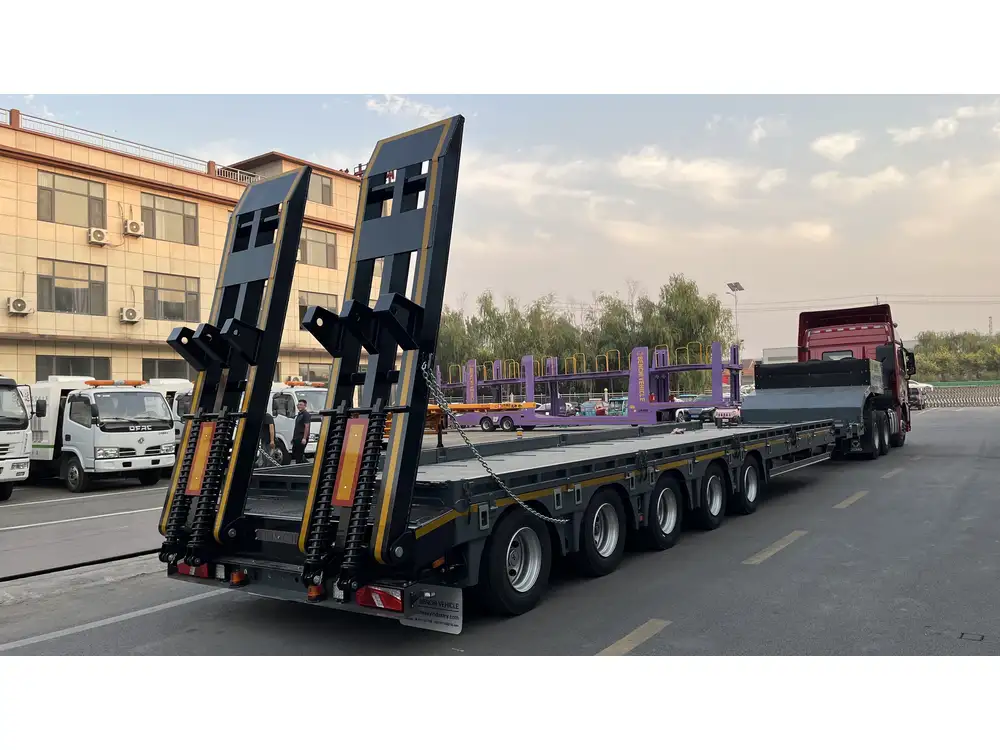
1. Map Your Route Before Departure
Navigating with a trailer in tow can be challenging. Familiarize yourself with the route, especially low-clearance areas or steep inclines.
2. Stay Aware of Weather Conditions
Weather can drastically alter the safety of towing. Heavy rain or snow may necessitate a reevaluation of your travel plans.
3. Consult U-Haul’s Customer Service
When in doubt, reach out to U-Haul’s customer service for assistance and clarification on your towing arrangements.
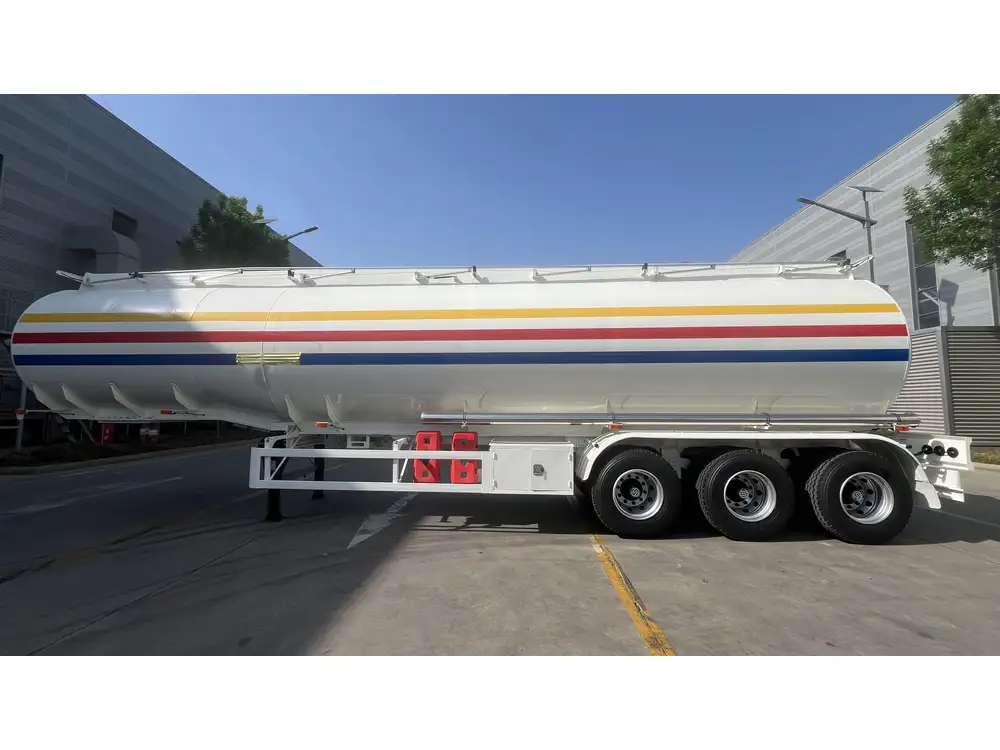
Conclusion
Towing a vehicle with U-Haul is not only feasible but highly practical for various scenarios—from moving to vacationing or transporting non-running vehicles. By understanding U-Haul’s offerings, preparing effectively, and adhering to safety measures, you can ensure a seamless towing experience. For those contemplating this solution, U-Haul stands ready to provide efficient services tailored to meet your specific requirements. Explore their offerings today and take the first step towards a hassle-free towing experience!



